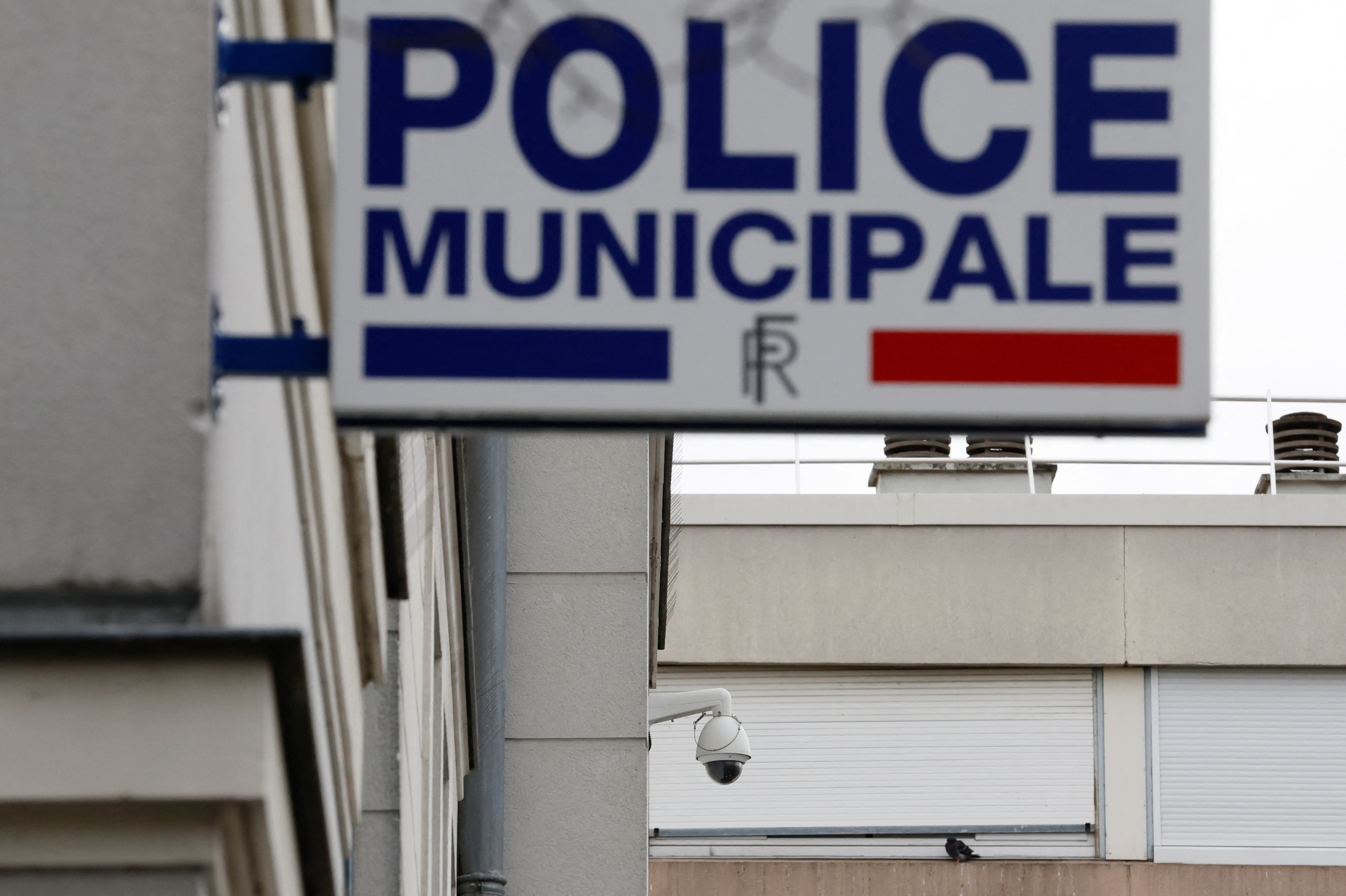The analysis underlying a Reuters report that French police fine people at higher rates in areas with the highest immigrant populations was based on a review of some police fine data and census counts of immigrants and their children. French laws strictly limit data collection about race or ethnicity.
For its national analysis, Reuters used department-level immigrant population figures from France’s official statistics agency. This data counts as an immigrant any person born abroad with foreign nationality even if they have since been naturalized. Reuters compared this data with the interior ministry’s counts of pandemic-related fines issued in each department between mid-March and mid-May 2020.
In the five departments with the highest concentration of immigrants – 19% or more of the population – police issued almost 26 fines per 1,000 people during the COVID-19 lockdown between March and May 2020. That rate is 54% higher than elsewhere, where police fined almost 17 people per 1,000.
Reuters submitted a freedom of information request for national data on non-COVID-related fines. The administrative authority in charge granted the request in August, but the interior ministry has not provided the information and declined to say why. Reuters has asked the Administrative Court of Paris to compel the interior ministry to comply with the order to release the data.
For Paris, Reuters looked at figures from government think tank France Strategie, which used 2017 census data to compute district-level percentages of children and adults ages 25 to 54 with non-European migrant backgrounds. France Strategie’s analysis counts children in immigrant households. For the older group, it measures people born in a non-European country without French nationality, even if later naturalized. Reuters compared those figures with district-level counts of pandemic-related fines from 2020 and 2021 that it obtained via a freedom of information request. (The national data was already public.)
That showed that Paris police have tended to fine people at a higher rate in the five districts with the highest percentages of residents of non-European descent. In those districts, residents of non-European descent made up at least 26% of the under-18 population and 16% or more of the adult population, according to France Strategie’s figures. Police issued 58 fines per 1,000 population in those districts. Across the other 15 districts, the rate was almost 42 fines per 1000 population.
There were notable anomalies: Paris’ 8th district, home to the famous Champs Elysees shopping avenue, had the highest rate of fines despite having a relatively small minority population.
Patrick Simon, who focuses on demographics and discrimination at France’s Institute of Demographic Studies, reviewed Reuters’ methodology. He said the higher concentration of COVID-related fines in areas with larger populations of immigrant origins could be explained by various factors. Ethnic profiling is one possibility, he said. Others include greater police activity in minority areas. Another is that urban areas have smaller homes that result in young people having more reason to spend time outdoors.
Related Galleries:




